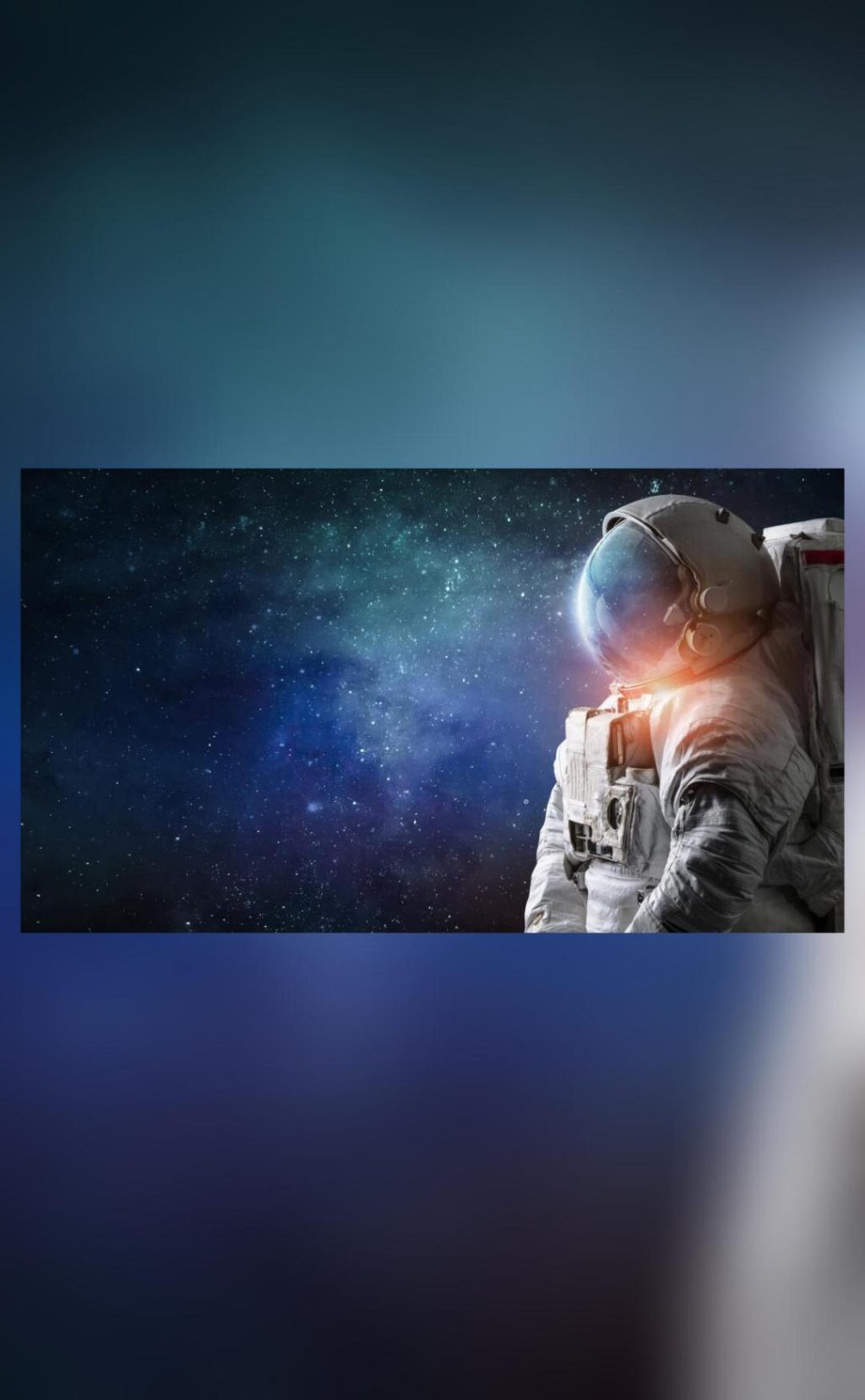
Google & NASA create AI medical assistant for Mars missions
In a groundbreaking collaboration, NASA and Google have unveiled a cutting-edge AI-powered medical assistant designed to keep astronauts healthy and safe during long-duration space missions to Mars and beyond. Dubbed the “Crew Medical Officer Digital Assistant (CMO-DA)”, this innovative system is a multimodal AI model that processes speech, text, and images to provide accurate diagnoses and treatment recommendations.
The CMO-DA is built on Google Cloud’s Vertex AI platform and has already demonstrated impressive diagnostic accuracy rates in initial testing. In a simulation of ankle injuries, the AI-assistant achieved a remarkable 88% accuracy rate, while its performance in diagnosing ear pain reached an impressive 80%.
The development of the CMO-DA is a crucial step towards ensuring the health and well-being of astronauts on deep space missions. With the ambitious plans to send humans to Mars by the 2030s, NASA is taking proactive measures to prepare for the unique medical challenges that come with prolonged exposure to space.
Challenges of medical care in space
Medical care in space poses a host of unique challenges. Astronauts are exposed to microgravity, radiation, and isolation, which can exacerbate medical conditions and make treatment more complicated. Moreover, the lack of access to specialized medical facilities and the need for quick decision-making in emergency situations require innovative solutions.
Traditional medical practices often rely on human experts, who may not always be available or have the necessary expertise to address the diverse range of medical conditions that can arise in space. The CMO-DA addresses these challenges by providing a reliable and efficient AI-powered medical assistant that can process vast amounts of data and make accurate diagnoses and recommendations.
How CMO-DA works
The CMO-DA is a multimodal AI model that integrates natural language processing (NLP), computer vision, and machine learning algorithms to analyze data from various sources, including:
- Patient symptoms and medical history
- Medical imaging and diagnostic tests
- Space environment data, such as radiation levels and temperature
By processing this data, the CMO-DA can:
- Identify potential medical conditions and risks
- Provide diagnosis and treatment recommendations
- Offer guidance on medication and dosing
- Monitor patient progress and adjust treatment plans as needed
Initial testing results
The CMO-DA has undergone rigorous testing and evaluation to assess its performance in diagnosing common medical conditions. The results are impressive:
- Ankle injuries: 88% diagnostic accuracy rate
- Ear pain: 80% diagnostic accuracy rate
These results demonstrate the CMO-DA’s potential to provide accurate and reliable medical assistance in space. By leveraging the power of AI, NASA and Google aim to improve the health and well-being of astronauts on long-duration space missions.
Future applications
The CMO-DA is not limited to space missions. Its technology can be applied to various medical settings, including:
- Telemedicine: Remote medical consultations and diagnoses
- Clinical decision support: AI-powered recommendations for human doctors
- Medical research: Data analysis and insights for researchers
The collaboration between NASA and Google is a testament to the power of public-private partnerships in driving innovation and advancing our understanding of AI in healthcare.
Conclusion
The Crew Medical Officer Digital Assistant (CMO-DA) is a groundbreaking AI-powered medical assistant that has the potential to revolutionize medical care in space and beyond. By combining the expertise of NASA and Google, this innovative system is poised to improve the health and well-being of astronauts on long-duration space missions and pave the way for future applications in various medical settings.
Source:






